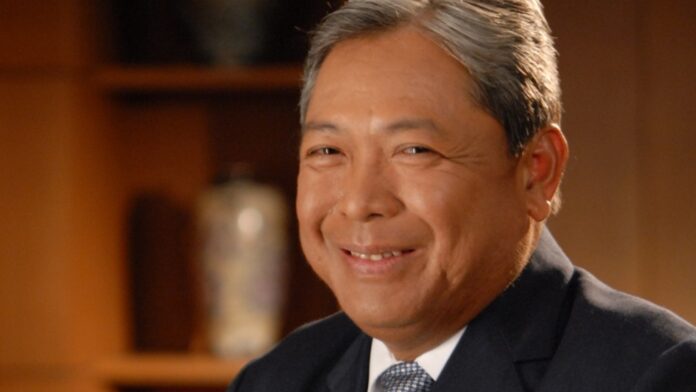The Department of Transportation (DOTr) on Tuesday bared speeding up big-ticket infrastructure projects to help boost the country’s economy.
Transportation Secretary Jaime Bautista said the agency is accelerating rail, maritime, road, and aviation infrastructure projects that will bring socio-economic benefits to Filipinos.
“The Department will speed up the momentum in completing more transport infrastructures and projects aimed at moving more people, products, and services and trigger economic growth,” Bautista said.
He said that apart from the ongoing North-South Commuter Railway (NSCR) System and the over 1,000 kilometers of railway projects that the government has initiated, in the pipeline are other big-ticket rail projects such as the LRT-1 Cavite Extension, the MRT-4, MRT-7, and the country’s first-ever underground railway, the Metro Manila Subway.
He likewise cited critical airport projects such as the NAIA privatization, Clark International Airport (CRK), the New Manila International Airport in Bulacan and the Sangley Point International Airport in Cavite.
Bautista said 29 aviation infrastructure projects have been completed, including the Butuan Airport and the CRK Passenger Terminal Buildings (PTBs) even as 10 other regional airports will be developed.
He further said the government went beyond port development projects with the continued recognition of the European Union’s (EU) Philippine maritime education and its €4 millon technical aid for Filipino seafarers
As the Marcos administration seeks legislative support on road-related legislations such as the motor vehicle users charge and road users tax, the DOTr focuses on public road transport projects such as the Cebu Bus Rapid Transit (CBRT) and Davao Public Transport Modernization project (DPTMP), along with the Public Utility Vehicle Modernization Project (PUVMP), Active Transport, and EDSA Busway.
“We are giving focus on public transport so that private car owners would prefer public transportation,” Bautista said.
In his Monday’s state of the nation address (SONA), President Ferdinand Marcos Jr. said physical connectivity infrastructures as seaports, airports, and mass transports account for 83 percent of his administration’s Build Better More program.
“The underlying logic to our infrastructure development is economic efficiency. We are opening up all gateways to mobilize goods and services at less cost and in less time, and ultimately, to drive the economy,” the chief executive said.







